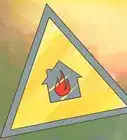This article was co-authored by wikiHow Staff. Our trained team of editors and researchers validate articles for accuracy and comprehensiveness. wikiHow's Content Management Team carefully monitors the work from our editorial staff to ensure that each article is backed by trusted research and meets our high quality standards.
There are 9 references cited in this article, which can be found at the bottom of the page.
This article has been viewed 93,552 times.
Learn more...
Kitchens can be dangerous places because the heat, gas, electricity, and appliances that you use to prepare and cook food can all potentially lead to fires. In case of a kitchen fire, it's always best to be prepared so that you can remain calm and react appropriately to get the situation under control. As long as you know what to do and have the right tools at hand, a small kitchen fire can be easily maintained, and this includes if there's a malfunction with your toaster or something inside the appliance lights on fire.
Steps
Putting Out a Toaster Fire
-
1Stay calm. In any emergency situation, one of the most important things to remember is to stay calm. Panicking can lead to bad decisions, and in the case of a kitchen fire, bad decisions can cause the fire to spread.
- The best way to stay calm during an emergency is to be prepared. Know the steps you should take in case of a kitchen fire, and know where your tools are, including your fire extinguisher, blankets, first aid kits, and the nearest exit.[1]
-
2Unplug the toaster. When you notice a toaster fire, the first step to resolving the situation is cutting the power, which will remove the heat source that's causing the fire. If you can't safely get to the plug to remove it from the wall, use the fuse box to cut the power going to the outlet.[2]Advertisement
-
3Smother the fire. Once a fire has been ignited, it needs a fuel source to continue burning, and one of those fuel sources is oxygen. To put out the fire, therefore, you have to smother the oxygen supply. You can smother a toaster fire by:
-
4Exit the house and call the fire department if you can't contain the fire. When a fire is too large or too out of control for you to maintain, you must immediately get yourself and your family out of the house. Once you're all in a safe place, call the fire department from a cell phone or neighbor's house. Don't try to fight the fire on your own if:
-
5Replace the toaster if it's damaged. After the fire has been put out and the toaster has cooled, remove all the burnt material. If there are signs of melting, damage, or problems with the wiring or electrical components, replace the toaster.
Preventing Kitchen Fires
-
1Keep a fire extinguisher nearby. Whether you prefer a fire extinguisher or a fire blanket is up to you, but you should always keep one in the kitchen, mounted in plain sight. Having it visible at all times will give you faster access to it in case of an emergency, and will prevent panic that comes with not being able to find something you need in an emergency. If you go with an extinguisher, be sure to choose the right type, as there are different kinds:[8]
- Water and foam extinguishers are only good for basic combustibles (class A), which include things like wood and paper.
- Carbon dioxide extinguishers are best for flammable liquids like gas and oil (class B), and electrical fires (class C).
- Dry chemical extinguishers are equipped to extinguish class A, B, and C fires.
- Wet chemical extinguishers are for cooking fats and oils, and are particularly useful for people or restaurants that deep fry lots of food.
-
2Never fan flames. Fanning flames with a towel or blowing on a fire could provide the fire with more oxygen (and, therefore, more fuel), and could spread the fire to a new area.[9] Instead of fanning, always try to smother a fire.
- Stovetop fires can often be put out simply by placing a lid over the pot to smother the fire.
-
3Keep the door closed in case of an oven or microwave fire. While oven and microwave fires are still dangerous, they can be controlled with the least amount of effort. Simply shut off the appliance and keep the door closed. Eventually the fire will run out of oxygen and go out.[10]
- Always stay in the room and monitor fires like this when you're waiting for them to go out.[11]
-
4Don't throw water or flour on a grease fire. Grease is hydrophobic, meaning it's repelled by water, so if you pour water on a grease fire, the grease will splatter and the fire will spread.[12] And flour, unlike baking soda, can actually explode when it's in dust form.[13]
- To smother a grease fire (or any other kitchen fire), put a lid on it, cover it with a fire blanket, or use baking soda, salt, or a fire extinguisher.
-
5Always monitor when you're cooking. Many kitchen fires occur because of lack of supervision. Always be present when you're cooking with oil and grease or using appliances like the toaster. If your broiling or baking, check on the oven frequently.[14]
- If you have to leave the room while you're cooking with oil or grease, take the pans off the heat and turn off the element.[15]
-
6Keep fabric away from appliances. Lots of kitchen fires are also started because fabrics get too hot and go up in flames, and this could be a towel, a sleeve, or even a curtain.[16] Don't cook with long, draping sleeves, keep appliances a safe distance from curtains and towels, don't hang anything above your stove, and never put towels or aprons on a hot cooking surface.
-
7Keep your appliances clean. Toasters and toaster ovens can be notorious for setting on fire because there's a build-up of crumbs inside. Keep your appliances clean and food-free to prevent remnants from catching fire. This includes:[17]
- Toasters and toaster ovens
- Ovens
- Microwaves
- Pots and pans
- Elements and cooktops
-
8Use appliances according to the instructions. Some kitchen appliances are specifically designed to perform certain functions, and you shouldn't try to find novel uses for them. For instance, some people claim you can turn a toaster on its side to melt cheese, but this will very likely result in a toaster fire.[18]
- Always read and follow the manufacturer's instructions when using an appliance.
Community Q&A
-
QuestionWhat if I have an oven fire?
 Community AnswerTurn off the oven and keep the door closed until the fire goes out. If the fire continues to grow rather than die out, use a fire extinguisher to get rid of the flames.
Community AnswerTurn off the oven and keep the door closed until the fire goes out. If the fire continues to grow rather than die out, use a fire extinguisher to get rid of the flames.
References
- ↑ https://first-aid-cpr.knoji.com/how-to-keep-calm-and-deal-with-an-emergency-situation/
- ↑ http://www.firesafe.org.uk/fires-in-the-kitchen/
- ↑ http://www.firesafe.org.uk/fires-in-the-kitchen/
- ↑ http://www.dummies.com/how-to/content/how-to-put-out-kitchen-fires.html
- ↑ http://www.bonappetit.com/test-kitchen/how-to/article/how-to-put-out-kitchen-fire
- ↑ http://www.dummies.com/how-to/content/how-to-put-out-kitchen-fires.html
- ↑ http://www.bonappetit.com/test-kitchen/how-to/article/how-to-put-out-kitchen-fire
- ↑ http://www.femalifesafety.org/types-of-extinguishers.html
- ↑ http://www.dummies.com/how-to/content/how-to-put-out-kitchen-fires.html
- ↑ http://www.dummies.com/how-to/content/how-to-put-out-kitchen-fires.html
- ↑ http://www.bonappetit.com/test-kitchen/how-to/article/how-to-put-out-kitchen-fire
- ↑ http://i0.wp.com/www.jennyonthespot.com/wp-content/uploads/2014/12/cookingsafety.jpg
- ↑ http://recipes.howstuffworks.com/tools-and-techniques/question150.htm
- ↑ http://i0.wp.com/www.jennyonthespot.com/wp-content/uploads/2014/12/cookingsafety.jpg
- ↑ http://www.firesafe.org.uk/fires-in-the-kitchen/
- ↑ http://www.firesafe.org.uk/fires-in-the-kitchen/
- ↑ https://www.consumeraffairs.com/news/toasters-can-be-fire-hazards-042313.html
- ↑ http://www.london-fire.gov.uk/LatestIncidentsContainer_warningaboutusingtoastertocookcheese.asp#

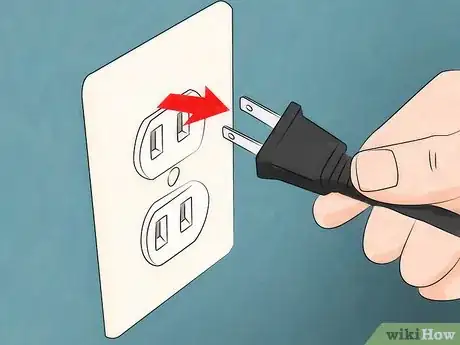
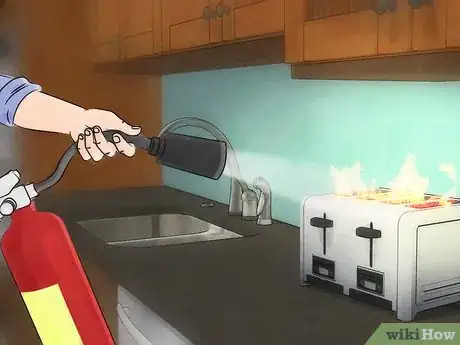
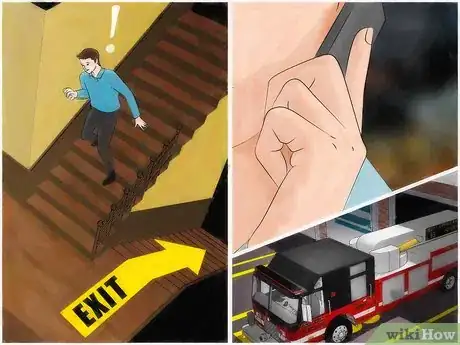
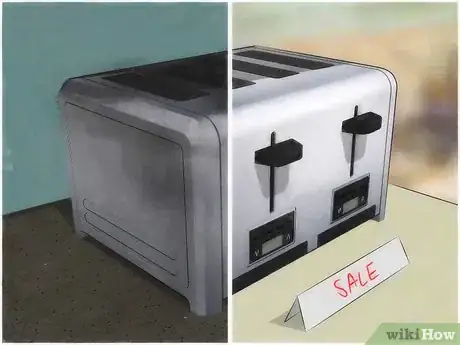
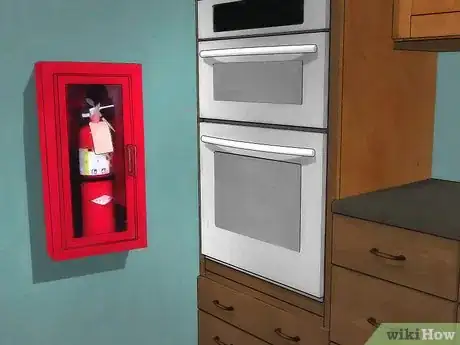
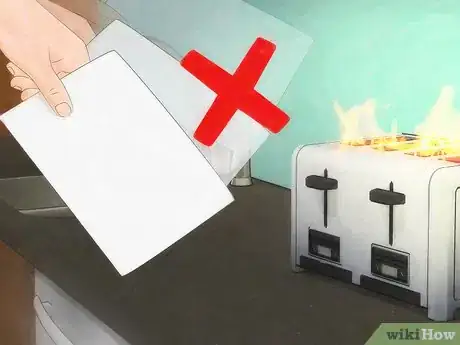
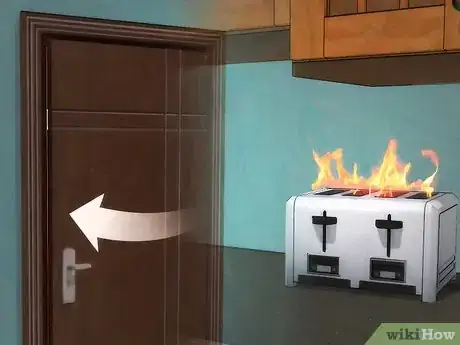

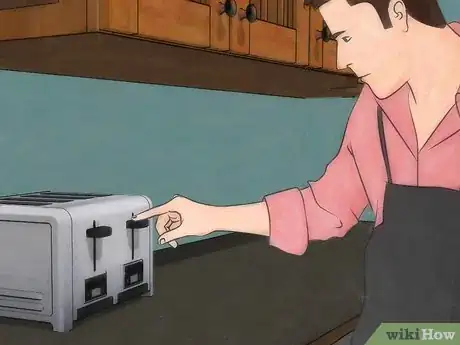

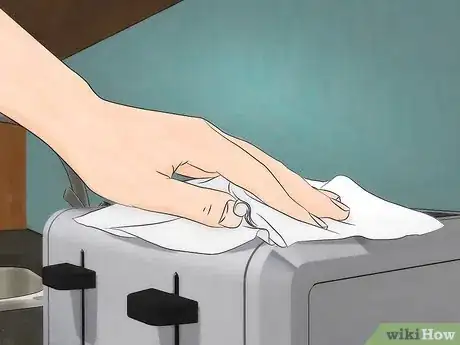







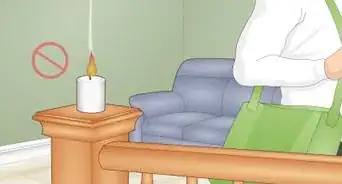
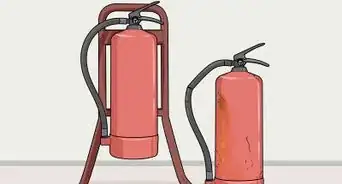
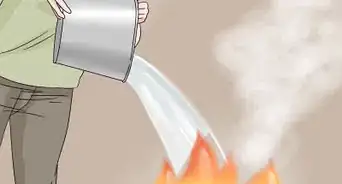

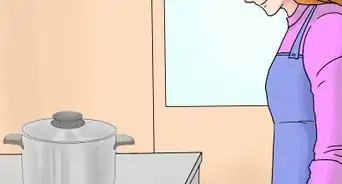
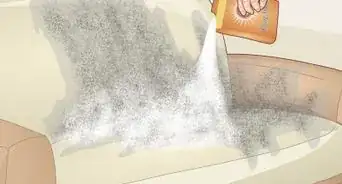

-Step-11-Version-2.webp)











